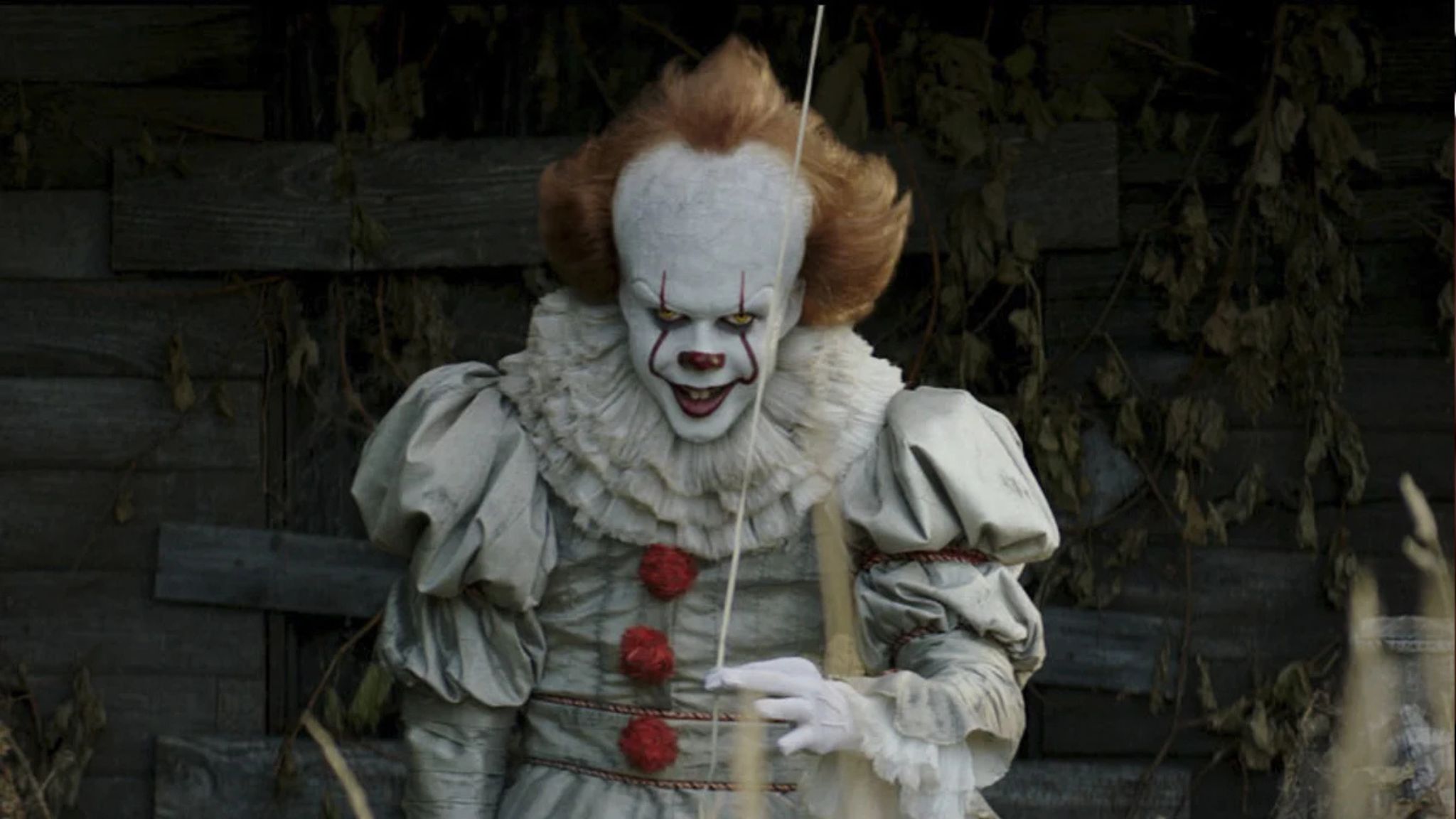
Let me take you down memory lane: Don’t you recall the craze of eerie clowns in 2016? As it so happened, the first reports coincided with the completion of filming for the latest IT movie. Many thought, “This must be clever marketing!” The timing was almost uncanny. A series of chilling clown sightings as a new horror movie about the scariest clown in cinema history prepared to hit the screens, exactly 30 years after Stephen King’s book graced bookstore shelves. However, much like most theories, the reality has proven to be far more fascinating than the fiction.
To kick off, let’s trace back to August 2016. In Green Bay, Wisconsin, images of an unnerving clown known as “Gags” began circulating. Contrary to popular belief, this wasn’t a promotional move for IT. Instead, it was tied to a local independent horror movie production. However, this marketing strategy ignited something far greater. In no time, sightings of clowns were reported all over, and the situation quickly turned ominous.
The team responsible for “IT” explicitly denied any involvement in the recent wave of clown sightings. A representative from New Line Cinema stated directly to The Hollywood Reporter that they are absolutely not linked to these incidents. Moreover, producer Barbara Muschietti took to Instagram to emphasize that these real-world clowns have no ties whatsoever to their film.
Essentially, experts suggest that we’ve unwittingly stirred up our deepest fears through the widespread use of social media. As folklore expert Benjamin Radford told Time, “Stories, legends, rumors that might not have gained much attention in the past can now spread instantly with a simple click.” This concoction of primal anxieties, viral sharing, and human behavior created an ideal environment for these fears to proliferate.
Initially, the situation seemed odd with strange photos, but it soon became a real cause for alarm. The Associated Press traced its progression: initially, there were reports of clown sightings in South Carolina, then accounts of clowns attempting to entice children, followed by armed clown bank robberies in Tennessee. Schools started experiencing widespread absenteeism due to clown threats. The situation became so severe that certain police departments felt compelled to issue formal warnings against clowning around.
Psychotherapist Aaron Balick explained to The Guardian why this trend became so popular: When a topic resonates with our deeply-rooted fears, it’s naturally predisposed to spread rapidly. It’s important to note that the fear of clowns has been unsettling people far before social media existed. In fact, similar instances of ‘clown panic’ have emerged since the 1980s, often coinciding with periods when society is already feeling uneasy about other matters.
The fear affected more than just people’s emotions. Retailers like Target removed clown masks from their stock, McDonald’s paused Ronald McDonald’s public appearances, and the professional clown community saw a decline in bookings. Even the World Clown Association had to clarify that these incidents were not associated with them.
However, let me pose an intriguing point: Did the turmoil surrounding real-life clowns truly boost the film’s box office performance? It’s not straightforward. While the movie achieved immense success in 2017, earning over $700 million globally, the studio’s efforts to distance itself from the panic hint that they viewed it as a burden rather than a promotional boon. Concerned clown professionals feared the film would negatively impact their trade – add to that a spate of real-world threats, and you have a public relations predicament brewing.
Essentially, what you’ve written can be rephrased as: The hysteria surrounding clowns wasn’t something you could purchase, for by the time the movie IT came out, everyone had been discussing and pondering about creepy clowns for an entire year. While it’s unlikely that the movie caused the panic, its release seemed perfectly timed to capitalize on this unexpected trend, even if the timing was entirely coincidental.
During its run at the box office, the movie was incredibly successful. However, the wave of clown fear in 2016 seems to have been an unusual instance where truth got disconcertingly close to fiction. Interestingly, the production company attempted to distance their killer clown character from the real-life copycats. This incident underscores how swiftly fear can propagate in our interconnected society – to the point where a few unsettling images could ignite a nationwide panic that appears mild in comparison to Hollywood’s most terrifying tales.
Read More
- PI PREDICTION. PI cryptocurrency
- Gold Rate Forecast
- WCT PREDICTION. WCT cryptocurrency
- LPT PREDICTION. LPT cryptocurrency
- Guide: 18 PS5, PS4 Games You Should Buy in PS Store’s Extended Play Sale
- Shrek Fans Have Mixed Feelings About New Shrek 5 Character Designs (And There’s A Good Reason)
- SOL PREDICTION. SOL cryptocurrency
- FANTASY LIFE i: The Girl Who Steals Time digital pre-orders now available for PS5, PS4, Xbox Series, and PC
- Playmates’ Power Rangers Toyline Teaser Reveals First Lineup of Figures
- Solo Leveling Arise Tawata Kanae Guide
2025-02-15 20:10